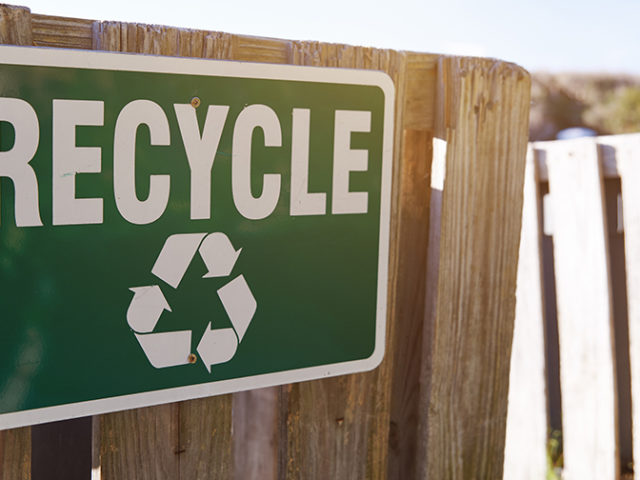Soaring above and exploring aqueous landscapes along the Eastern Seaboard, collaborating with NASA experts, and gathering data about the atmospheric conditions they traverse – these are atypical encounters for an undergraduate student. However, for the participants of NASA’s SARP East program in 2023, which stands for Student Airborne Research Program, these experiences became an unforgettable part of their summer.
During the months of June and July, a group of 22 undergraduate students hailing from various universities across the United States convened in the Hampton Roads region of Virginia. Over the course of eight weeks, they engaged in an immersive research venture. Now in its 15th year, the SARP initiative offered a unique opportunity for these students, albeit the first time it occurred on the East Coast. This program facilitated hands-on research in diverse realms of Earth science, enabling participants to craft research proposals and deliver presentations. Throughout this experience, the undergraduates had the chance to connect with and learn from both graduate student mentors and established scientists within their respective fields of study.
“It’s about expanding the NASA tent, exposing students to how NASA does Earth science, and involving them in research in these interdisciplinary topics that they wouldn’t otherwise get to see,” said Bob Swap, SARP East program director and associate division director for mission planning at NASA’s Goddard Space Flight Centre in Greenbelt, Maryland.
While all the students are pursuing subjects within the realm of STEM, their majors span a broad spectrum, infusing the research with distinct viewpoints. These diverse backgrounds enrich the experience by introducing insights from disciplines that may not be directly aligned with Earth science.
“SARP has a lot of well-established and strong philosophies on equity and inclusivity,” said Susanne Craig, senior scientist in the ocean ecology lab at NASA Goddard. “The best science is done by a diverse group of people with lots of diverse lived experiences and different lenses to see questions through.”
Students of SARP
During their inaugural year of operation on the East Coast, SARP organisers aimed to capitalise on the diverse facets of Earth science converging in the vicinity of the Chesapeake Bay region. Students were grouped to study the science of what the program dubbed “surf, turf, and above Earth.”
“The coordination of the SARP-East program gave us an unprecedented opportunity to assess the York and James rivers’ watersheds in a holistic way,” said John Bolten, chief of the hydrological sciences laboratory at Goddard and one of the program advisers. “The research incorporated observations of land surface hydrology, air quality, and water quality for a true Earth system science look at this vital watershed – and in a way that only NASA can do it.”
Students had the opportunity to embark on three aircraft named “Sniffer,” “Pinger,” and “Looker,” each serving a distinct purpose in examining the Chesapeake Bay environment from aerial perspectives. These NASA research planes were equipped with advanced instrumentation capable of measuring aerosols, greenhouse gases, and soil moisture. Onboard, the students assumed the responsibility of monitoring these instruments and the corresponding data, all while marvelling at the scenery around them.
Take Sonja Moons, for instance. While pursuing a degree in chemistry and physics at Vanderbilt University, her focus had primarily been on quantum dots and spectroscopy. However, as a member of the Salt Water Intrusion and Sea Level Rise team within the context of SARP East, she found herself delving into a fresh realm of knowledge. Her team’s focus revolved around examining the potential impacts of sea level rise, storm surge flooding, and proximity to hazardous chemical facilities on socioeconomically vulnerable populations.
“We’ve spent a lot of time gaining a broader understanding of science that’s possible at NASA,” Moons said. “It has given me insight into the different paths I could go with my career and insight on things that I wouldn’t have considered and now know exist.”
Nathan Tesfayi, currently pursuing studies in environmental science and Spanish at the University of Georgia, engaged in his SARP fieldwork aboard a compact research vessel navigating the waters of the Chesapeake Bay. Collaborating with his fellow “Surf” teammates (dubbed as “Students Undertaking Research in Freshwater”), Nathan contributed by collecting vital data. This involved taking precise measurements of wind speed, wind direction, and air temperature, all while faculty members were engaged in instrument calibration activities. The Surf team’s efforts also encompassed employing a Secchi Disk, an instrument with a legacy spanning centuries, to assess water quality. Additionally, they utilised a phone app to conduct watercolour measurements, thereby contributing comprehensively to the research endeavour.
“I’ve never been in a research vessel before, so the experience felt very immersive and collaborative,” Tesfayi said. “You really get the full experience. First, you’re looking down at the landscape that you’re flying over, and then next you’re actually in it and experiencing it.”
Beyond their fieldwork activities, the students were granted the opportunity to explore NASA Goddard, gaining insights through facility tours and engaging in discussions with experts within the Earth Sciences division. Moreover, they established close connections with NASA’s Langley Research Centre in Hampton, Virginia, and paid visits to Virginia Commonwealth University in Richmond. This comprehensive exposure highlighted the multifaceted nature of the SARP East experience, which operates as a collaborative effort involving multiple interagency and university partners.
“We need a variety of perspectives and diversity of thought to be able to tackle the challenges facing the Earth and to ensure humanity’s ability to continue to thrive on our home planet,” said Joel Scott, program executive for Earth Science Data Systems at NASA Headquarters in Washington. “It comes down to inspiring and empowering the next generation of scientists.”




